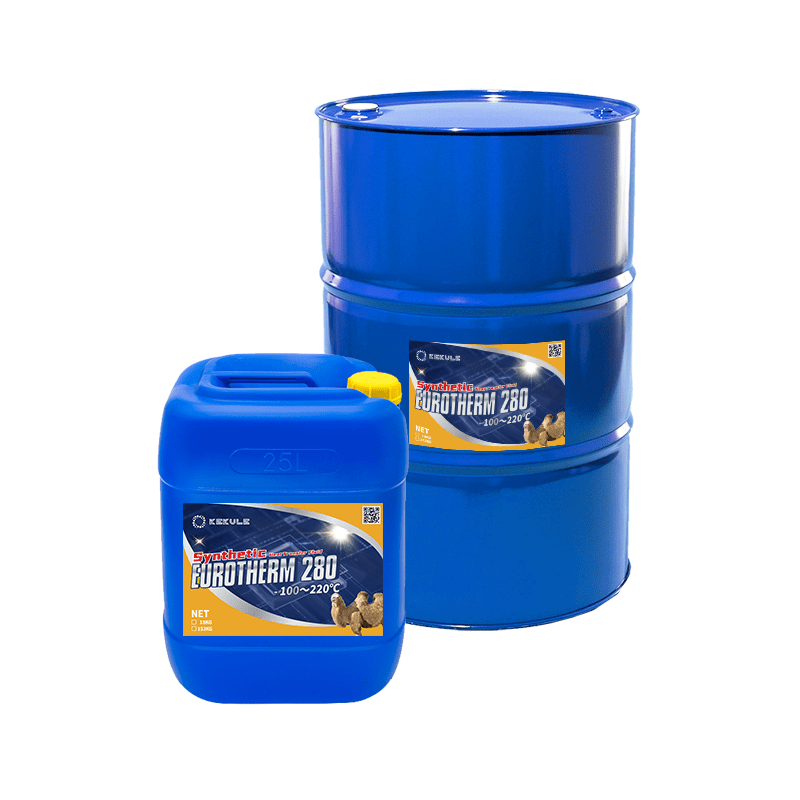The smart Trick of Chemie That Nobody is Talking About
The smart Trick of Chemie That Nobody is Talking About
Blog Article
The Ultimate Guide To Chemie
Table of ContentsChemie - The FactsThe Buzz on ChemieThe Best Guide To ChemieEverything about ChemieChemie Can Be Fun For EveryoneSome Known Factual Statements About Chemie
By Bojanna Shantheyanda, Sreya Dutta, Kevin Coscia and David SchiemerDynalene, Inc. Liquid cooling, which can be achieved utilizing indirect or direct ways, is made use of in electronics applications having thermal power thickness that may exceed safe dissipation via air cooling. Indirect fluid air conditioning is where heat dissipating digital components are literally separated from the liquid coolant, whereas in instance of direct air conditioning, the components are in straight call with the coolant.In indirect air conditioning applications the electrical conductivity can be crucial if there are leakages and/or splilling of the fluids onto the electronics. In the indirect air conditioning applications where water based liquids with deterioration inhibitors are typically made use of, the electric conductivity of the fluid coolant mainly depends on the ion focus in the fluid stream.
The increase in the ion focus in a closed loop liquid stream may occur because of ion seeping from metals and nonmetal parts that the coolant fluid touches with. During operation, the electric conductivity of the liquid may enhance to a level which might be damaging for the cooling system.
The 6-Minute Rule for Chemie
(https://www.folkd.com/profile/417719-chemie999/?tab=field_core_pfield_1)They are grain like polymers that are capable of exchanging ions with ions in a remedy that it touches with. In today job, ion leaching tests were carried out with numerous steels and polymers in both ultrapure deionized (DI) water, i.e. water which is treated to the highest degrees of pureness, and reduced electrical conductive ethylene glycol/water combination, with the gauged change in conductivity reported gradually.
The examples were permitted to equilibrate at room temperature for 2 days prior to recording the preliminary electric conductivity. In all tests reported in this research study fluid electric conductivity was measured to an accuracy of 1% utilizing an Oakton CON 510/CON 6 collection meter which was calibrated before each dimension.
Chemie Things To Know Before You Get This
from the wall surface heating coils to the facility of the heater. The PTFE sample containers were put in the heater when steady state temperatures were gotten to. The test setup was gotten rid of from the heater every 168 hours (seven days), cooled down to space temperature with the electrical conductivity of the liquid gauged.
The electrical conductivity of the fluid sample was monitored for a total amount of 5000 hours (208 days). Figure 2. Schematic of the indirect closed loop cooling down experiment set-up - fluorinert. Table 1. Elements utilized in the indirect closed loophole cooling experiment that are in call with the liquid coolant. A schematic of the experimental configuration is revealed in Number 2.

The Main Principles Of Chemie
The change in liquid electric conductivity was monitored for 136 hours. The fluid from the system was gathered and kept.

0.1 g of Dowex resin was included in 100g of liquid examples that was absorbed a separate container. The combination was mixed and transform in the electric conductivity at area temperature level was gauged every hour. The measured modification in the electrical conductivity of the UP-H2O and EG-LC examination liquids having polymer or steel when involved for 5,000 hours at 80C is shown Number 3.
10 Simple Techniques For Chemie
Number 3. Ion leaching experiment: Measured modification in electric conductivity of water and EG-LC coolants having either polymer or steel samples when immersed for 5,000 hours at 80C. The results indicate that steels contributed fewer ions right into the fluids than plastics in both UP-H2O and EG-LC based coolants. This can be as a result of a thin metal oxide layer which might function as an obstacle to ion leaching and cationic diffusion.
Fluids consisting of polypropylene and HDPE displayed the most affordable electric conductivity changes. This can be due to the brief, rigid, linear chains which are less likely to add ions than longer branched chains with weak intermolecular pressures. Silicone also did well in both examination fluids, as polysiloxanes are typically chemically inert due to the high bond power of the silicon-oxygen bond which would protect against deterioration of the material right into the liquid.
10 Easy Facts About Chemie Shown
It would be anticipated that PVC would generate comparable results to those of PTFE and HDPE based upon the comparable chemical frameworks of the products, nevertheless there may be other contaminations existing in the PVC, such as plasticizers, that may impact the electrical conductivity of the fluid - silicone synthetic oil. In addition, chloride teams in PVC can additionally seep into the examination liquid and can create a boost in electrical conductivity
Polyurethane totally degenerated into the examination liquid by the end of 5000 hour test. Before and after images of metal and polymer samples immersed for 5,000 hours at 80C in the ion seeping experiment.
Measured modification in the electrical conductivity of UP-H2O coolant as a feature of time with and without material cartridge in the closed indirect cooling loophole experiment. The measured modification in electric conductivity of the UP-H2O for 136 hours with and without ion exchange material in the loophole is displayed in see here now Figure 5.
Report this page